In this schematic, what do the Schottky diode like "barbs" mean on some of the BJTs where the base is connected? I haven't encountered this symbol before.

You need to understand three things in order to understand a Schottky transistor.
Now, if we consider all this information together; a Schottky transistor cannot enter into saturation state, because, voltage drop on the diode (0.3 V) added to the voltage drop on the transistor (0.2 V) doesn't reach the required saturation base-emitter voltage of the transistor.
Why do we need a transistor like this?
One of the biggest disadvantages of BJT is that it gets out of the saturation state very slowly. This causes a low switching speed. But, if it doesn't enter into the saturation state, it can be turned off much faster. That's the reason why the Schottky transistor is used.
It's called a Schottky transistor. Basically, it's a transistor that incorporates a Schottky diode junction that keeps the transistor from saturating, speeding it up in switching (logic) applications.
It's a stylized "S", for Schottky.